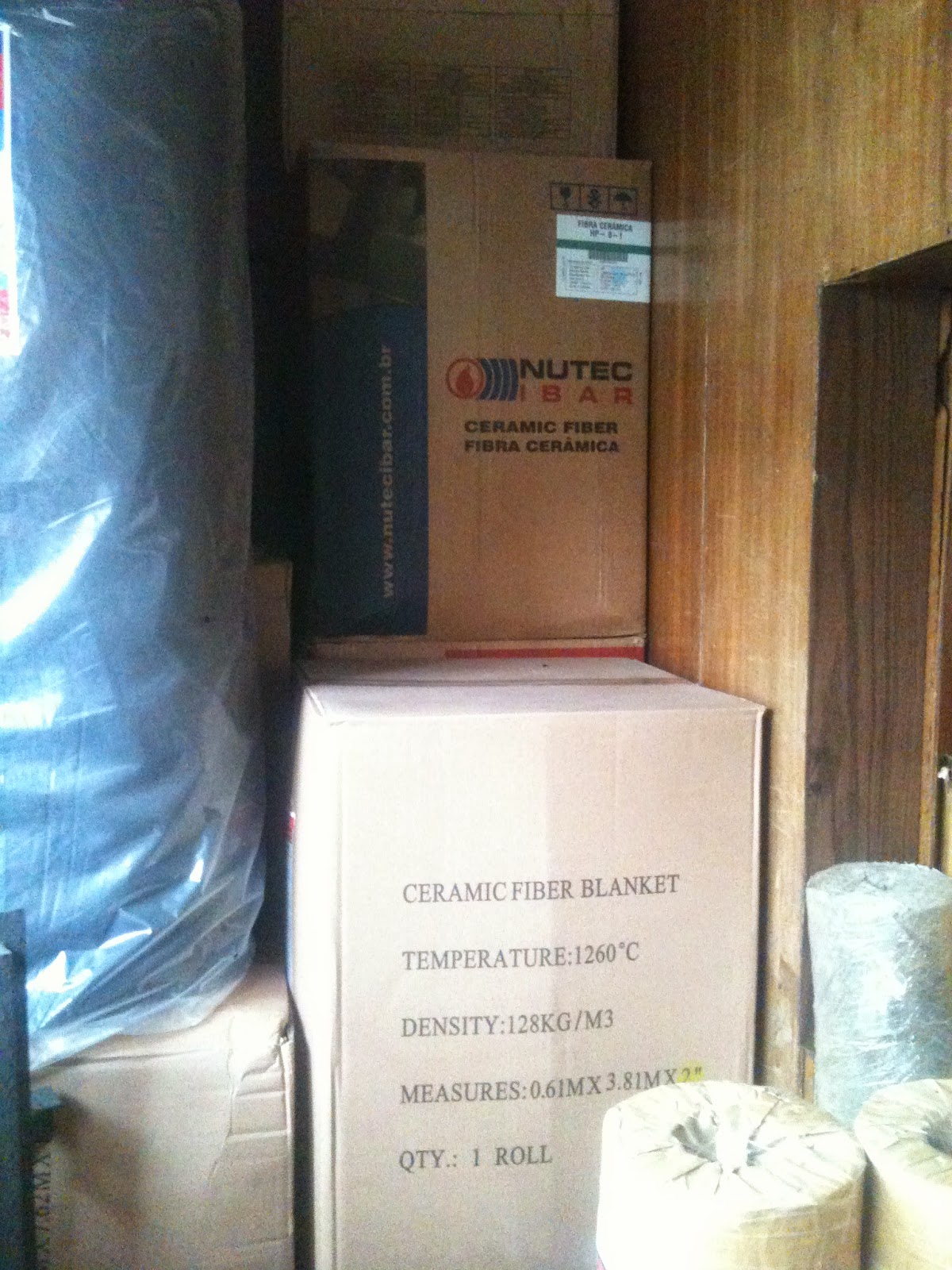Madre de Dios
Overview
According to the Peruvian National Statistical Agency (INEI)
85,301 square kilometers
130,876 Inhabitants
According to Central Bank of Peru the economy in Madre de Dios totals 245 million USD or $1,884 per capita
The economy is represented by the following sectors:
71M (28%) mining
44M (17%) "other services"
29M (11%) commerce
28M (11%) government services
23M (9%) Agriculture, forestry, fishing and hunting
15M (6%) Restaurants and hotels
Of the agricultural production
26% of the value is from brachyaria grass for cattle
18% is plantain production
16% is corn
Gold-mining: Formal, Informal, and Illegal
Price of gold rose from ___ per ounce in ____ to a peak of ___ in ____driving 50,000 hectares deforested over the last decade.
Mercury is spilled during production of mercury gold amalgams and enters the aquatic ecosystem where it is converted by sediment dwelling bacteria into toxic methylated mercury. Once it enters the food chain and undergoes the process of biomagnification it poses a special threat to human health through degradation to the nervous system. In order to free the gold from the amalgam it is burned to vaporize the mercury. This process is conducted in the mining zones or in Puerto Maldonado and is another source and vector for mercury to enter the human nervous system. The rapid and unregulated wealth generated by legal and illegal mining, suspected participation of mafia-like elements and narco-traffickers, and inability of the state to establish order has led to a lawless zone in which human trafficking, prostitution and bonded labor are commonplace.
According to the Ministry of Mining and Energy formal mining produced 16 tons of gold in 2013.
Swidden Agriculture: Slash and Burn
Interoceanic highway and the completion of the _____ Bridge
The agriculturalist: 6,641 farms that are titled 660,000 hectares of land of which 44,000 are devoted to annual crops such as yuca, corn, pineapple, rice and beans.
According to the 2012 Agricultural Census
hectares of abandoned and fallow land
% use herbicides
% use chemical fertilizers
% own or rent tractors
MINAG
Agricultural land
1975 - 194,405
1995 - 80,876
2000 - 274,197
Deforested land
1975 - 45,501
1995 - 80,876
2000 - 203,879
INEI
Of the 23 million USD of agricultural production
26% is from brachiaria grass for cattle
18% is plantain production
16% is corn
Selective logging: positive and negative impacts.
It's not all bad news: Brazil nut concessions & Ecotourism
Manu-Tambopata Biological Corridor
Land use mosaic embedded in forest matrix. Part of larger Vilcabamba-Ambore Mega-Corridor
















